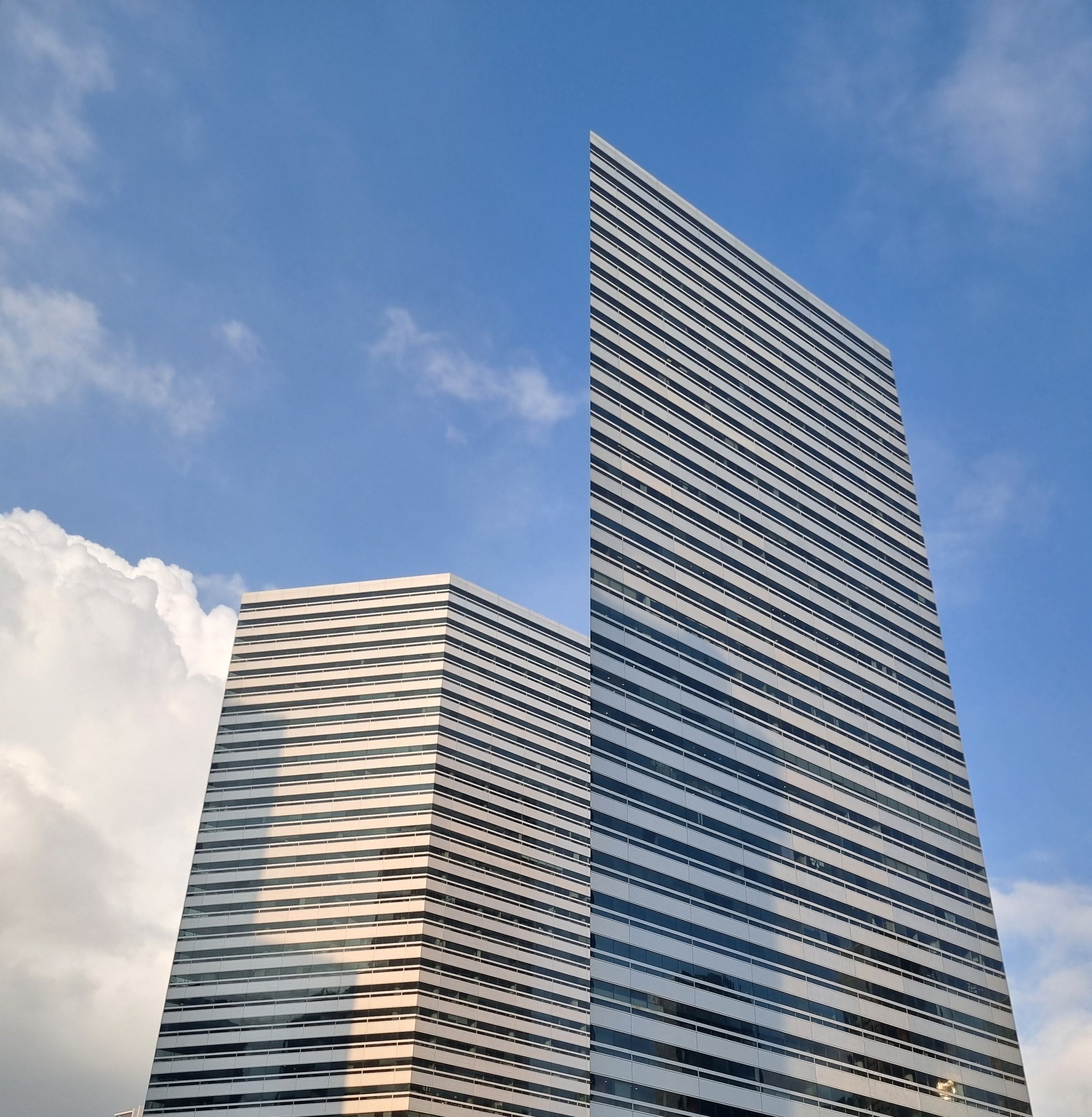From Gothic Majesty to Modern Marvel: The Architectural Legacy of Emperor Charles IV and Singapore by Ramsay Banna, an Architecture Aficionado
Throughout history, visionary leaders have shaped the architectural landscape of their cities and nations, leaving behind a legacy that defines their eras. In medieval Europe, Emperor Charles IV of the Holy Roman Empire played a pivotal role in crafting the Gothic grandeur of Prague, establishing it as a cultural and artistic hub.
Fast forward to modern times, and Singapore’s governments over the last 60 years have similarly transformed a small island city-state into one of the most aesthetically impressive urban landscapes in the world. Though separated by centuries, the architectural ambitions of Charles IV and Singapore’s leadership share striking parallels in their vision, execution, and lasting impact.
Charles IV: The Architect of Medieval Prague
Emperor Charles IV (1316–1378) was not only a skilled ruler but also a cultural patron who envisioned Prague as a center of European power and prestige. His reign saw the construction of some of the most magnificent Gothic structures in history, many of which still stand today.
St. Vitus Cathedral – One of the most breathtaking examples of Gothic architecture, this cathedral was commissioned by Charles IV to serve as both a religious and imperial monument. Its intricate stained glass, soaring ribbed vaults, and towering spires continue to dominate Prague’s skyline.
Charles Bridge – Built to replace an older bridge damaged by floods, the Charles Bridge remains one of the most iconic medieval structures in Europe. Its elegant stone arches and baroque statues create a stunning vista over the Vltava River.
New Town of Prague (Nové Město) – Charles IV expanded Prague significantly, laying the foundation for modern city planning. His vision turned the city into a center of commerce, education, and culture, with wide streets and grand squares.
His efforts not only beautified Prague but also reinforced its position as the capital of the Holy Roman Empire. Even today, visitors flock to the city to witness the lasting impact of his architectural patronage.
Singapore: A Modern-Day Architectural Renaissance
Much like Charles IV, Singapore’s government has demonstrated an unwavering commitment to creating an architectural legacy. Over the last 60 years, strategic urban planning and innovative design have transformed Singapore into one of the most visually stunning and futuristic cities in the world.
Marina Bay Sands & Gardens by the Bay – These structures epitomize Singapore’s blend of modernity and nature. The striking three-towered Marina Bay Sands, topped by the SkyPark, and the breathtaking Supertrees of Gardens by the Bay showcase cutting-edge engineering and sustainability.
The Jewel at Changi Airport – Combining architecture, nature, and commerce, this glass-domed marvel houses the world’s tallest indoor waterfall, lush gardens, and an immersive experience that makes Singapore’s airport a global attraction.
The Gateway. - my personal favourite, the Gateway towers, is fascinating because of its striking optical illusion and bold architectural design. It is a skyscraper complex comprising of two identical 37-story towers shaped like perfect parallelograms, creating the illusion that they are impossibly thin when viewed from certain angles. This sleek, geometric design plays tricks on the eye, making the buildings appear as if they could tip over or vanish into a two-dimensional plane.
Parallels and Contrasts
Both Charles IV and Singapore’s leadership recognized that architecture was not just about buildings but about defining a national identity. They invested heavily in monumental projects that would attract people, elevate the prestige of their regions, and ensure long-term economic and cultural prosperity.
However, there are key differences. Charles IV’s architecture was deeply rooted in religious and imperial symbolism, reflecting the medieval worldview. Singapore’s approach, in contrast, is driven by technology, sustainability, and globalization. While Charles IV sought to impress through Gothic spires reaching toward heaven, Singapore dazzles with eco-friendly skyscrapers and futuristic urban planning.
The Enduring Impact
Today, Prague remains one of the most beautiful and historically rich cities in the world, thanks to Charles IV’s medieval vision. Similarly, Singapore stands as a beacon of modern architectural achievement, showing how design and planning can shape a nation’s destiny.
Both cases prove that visionary leadership and investment in architecture can turn cities into timeless masterpieces. Whether it’s the Gothic majesty of Prague or the sleek innovation of Singapore, great leaders have always understood that architecture is not just about buildings—it’s about the soul of a civilization.







